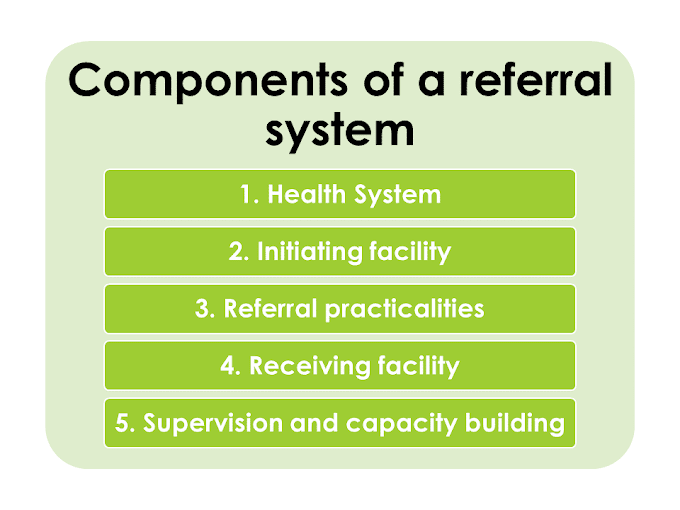Lead is a highly toxic metal and a very strong poison. Lead poisoning occurs when lead builds up in the body. All lead compounds are toxic - lead arsenate, lead oxide and lead carbonate are the most dangerous; lead sulphide is the least toxic.
Lead is used widely in a variety of industries because of its properties:
- Low boiling point.
- Mixes with other metals easily to form alloys.
- Easily oxidised.
- Anticorrosive.
Sources of Lead Poisoning
Most of industries are used lead for different purpose some of these example are manufacturing of storage batteries; glass manufacture; ship building; printing and potteries; rubber industry etc.
The greatest source of environmental lead is gasoline. Thousands of tons of lead every year is exhausted from automobiles. Lead is one of the few trace metals that is abundantly present in the environmental. Lead exposure may also occur through drinking water from lead pipes; chewing lead paint on window sills or toys in case of children.
Mode of Lead Absorption in Body
Lead poisoning may occur in three ways:
[B] Ingestion: Poisoning by in ingestion is of less common occurrence. Small quantities of lead trapped in the upper respiratory tract may may be ingested. Lead may also be ingested in food or drink through contaminated hands.
[C] Skin: Absorption through skin occurs only in respect of the organic compounds of lead, especially tetraethyl lead. Inorganic compounds are not absorbed through the skin.
Body Storage of Lead
The body store of lead in the average adult population is about 150 to 400 mg and blood levels average about 25 µg/100 ml. An increase to 70 µg/100 ml blood is generally associated with clinical symptoms. Normally adult ingest about 0.2 to 0.3 mg of lead per day largely from food and beverages.
A lead level greater than 45 µg/100 ml in child's blood most often indicates the need for treatment.
Distribution of Lead in Body
Ninety percent of the ingested lead is excreted in the faeces. Lead absorbed from the gut enters the circulation, and 95 per cent enters the erythrocytes. It is then transported to the liver and kidneys and finally transported to the bones where it is laid down with other minerals.
Clinical Features
The clinical features of lead poisoning or plumbism is different in the inorganic and organic lead exposures.
The toxic effects of inorganic lead exposure are abdominal colic, obstinate constipation, loss of appetite, blue-line on the gums, stippling of red cells, anemia, wrist drop and foot drop.
The toxic effects of organic lead compounds are mostly on the central nervous system - insomnia, headache, mental confusion, delirium etc.
Diagnosis
Diagnosis of lead poisoning is based on:
- A history of lead exposure.
- Presence of clinical features.
- Laboratory tests : (a) Coproporphyrin in urine; (b) Amino levulinic acid in urine; (c) Lead in blood and urine; (d) Basophilic stipling of RBC.
Preventive Measures in Lead Poisoning
- Where possible lead compounds should be substituted by less toxic materials.
- All processes which give rise to harmful concentration of lead dust or fumes should be enclosed and segregated.
- Three should be adequate local exhaust ventilation system to remove fumes and dust promptly.
- Good house-keeping is essential where lead dust is present. Floors, benches, machines should be kept clean by wet sweeping.
- Workers should be protected by approved respirators.
- Lead concentration in the working atmosphere should be kept below 2.0 mg per 10 cu. meter of air, which is usually the permissible limit or threshold value in India.
- All workers must be given periodical medical examination.
- Hand washing is essential before eating is an important measure to prevent lead intake.
- Workers should be educated on the risks involved and personal protection measures.





0 Comments